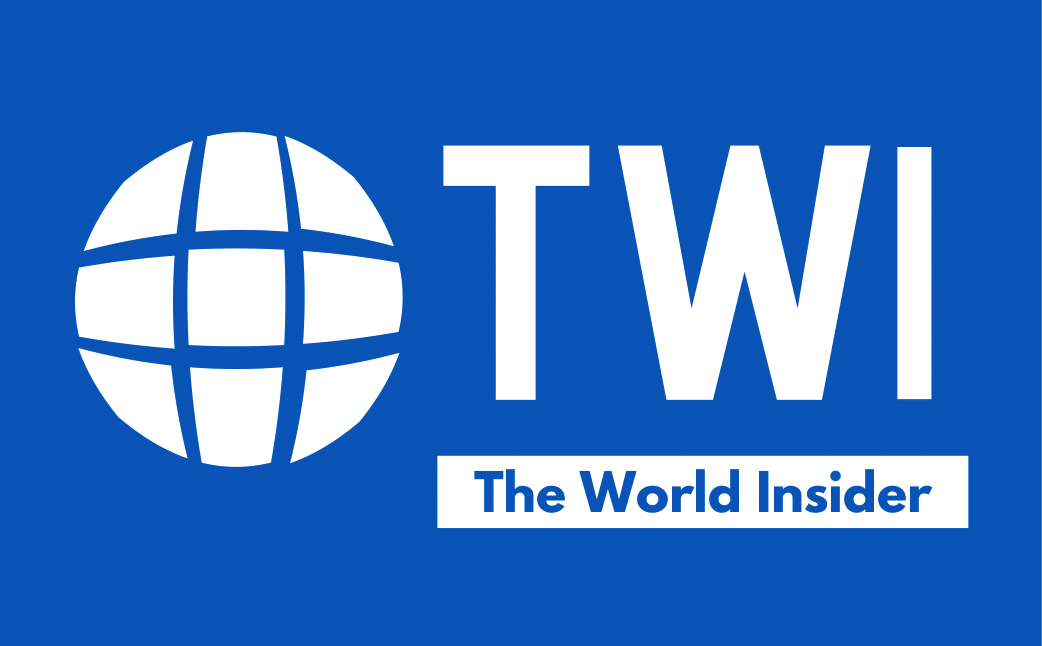U.S. Department of Defense claimed that American forces operating in international waterways or airspace are witnessing an increasing number of risky aerial intercepts and confrontations at sea by Chinese aircraft and ships.
According to the Pentagon statement, “The freedom of navigation operations ensure crucial transportation routes remain open to all nations.” U.S. officials said that although military aircraft interactions happen all over the world on a regular basis, the majority of these interactions are “safe and professional”.
U.S. Indo-Pacific Command officials said that there has been an increase in “unsafe and unprofessional intercepts of U.S. and allied forces lawfully operating in international zones throughout the Indo-Pacific region.”
The officials outlined some of the “dangerous incidents in the air and at sea over the past 18 months”. They include:
- In February 2022, a Chinese naval ship directed a laser at an Australian P-8A Poseidon aircraft operating in Australia’s exclusive economic zone, endangering the health of airmen on board.
- In June 2022, a Chinese J-16 fighter jet cut across the nose of another Australian P-8A Poseidon that was operating in international airspace over the South China Sea. The Chinese aircraft released a round of chaff, which was ingested into the engine of the Australian aircraft.
- In December 2022, a Chinese Navy J-11 pilot flew in front of — and within 20 feet of — the nose of a U.S. Air Force RC-135 aircraft, which had to maneuver away to avoid a collision. The U.S. Air Force jet was conducting routine operations over the South China Sea in international airspace.
- In May 2023, a Chinese J-16 fighter pilot performed an unnecessary maneuver during the intercept of a U.S. Air Force RC-135 aircraft. “The PRC pilot flew directly in front of the nose of the RC-135, forcing the U.S. aircraft to fly through its wake turbulence,” Indo-Pacific Command officials said.
- In June 2023, the U.S. Navy destroyer USS Chung-Hoon and Canadian frigate HMCS Montreal were conducting a routine transit from south to north through the Taiwan Strait when the Chinese destroyer Luyang III conducted unsafe maneuvers in the vicinity of Chung-Hoon warship. “The Chinese vessel overtook Chung-Hoon on its port side and crossed the Chung-Hoon’s bow at 150 yards,” the statement read.

U.S. Indo-Pacific officials further claimed that the Chinese coast guard employed “water cannons, military-grade lasers, and erratic conduct to try and intimidate the Philippines from lawful operations within that country’s exclusive economic zone”.
“These are not isolated incidents, but patterns of behavior that significantly increases the risk of accidents and constitute a grave threat to regional security,” the officials added.
The Department of Defense official said that the United States uses communication channels to deliberate “these dangerous encounters with the Chinese military”. However, there is limited contact between the military officials of both countries. “The Department of Defense is committed to opening lines of military-to-military communication with the PRC in order to responsibly manage the defense relationship between the two countries,” the DOD officials said.
The statement added that the U.S. forces “will continue to fly in international airspace with due regard for the safety of all vessels and aircraft under international law.” The Pentagon officials said, “We expect all countries in the Indo-Pacific region to use international airspace safely and in accordance with international law.”




